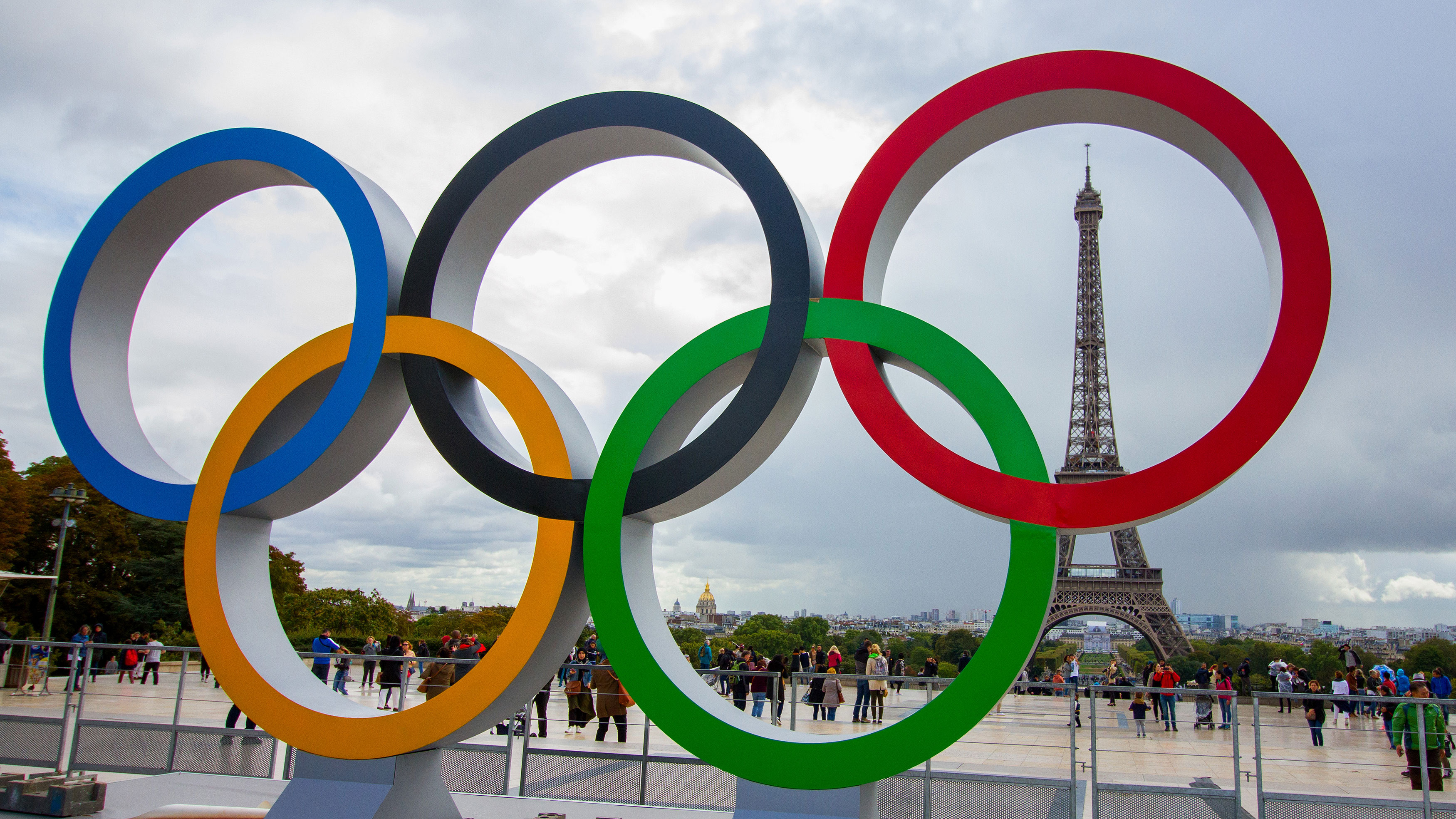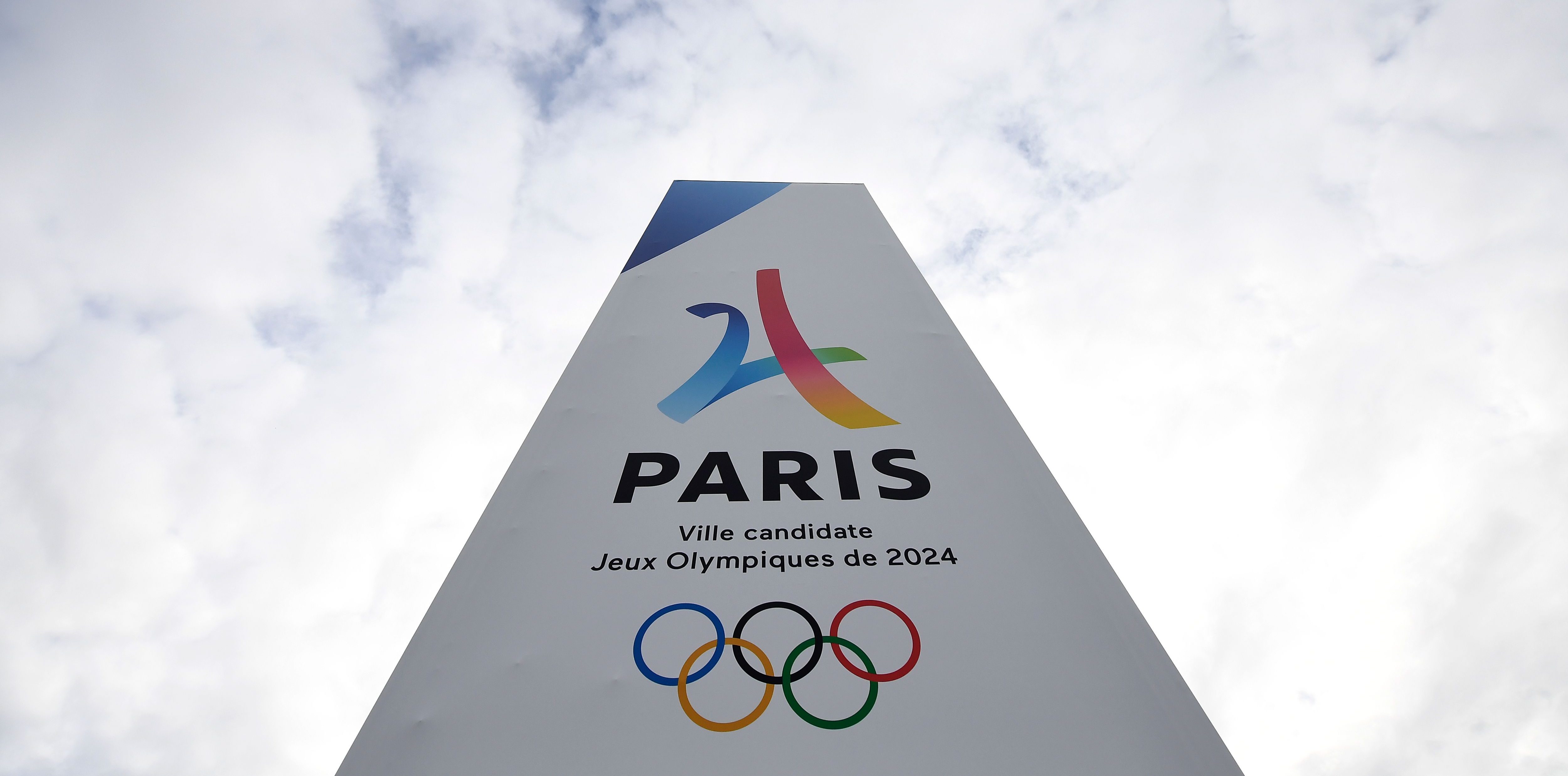Swimming is one of the marquee Olympic sports, and it comes with a long list of rules.
Between individual events, relays and medleys, there are a bevy of swimming races. Add in varying distances and swimming strokes, and there’s a lot to keep track of in the pool.
Here’s everything to know about the different strokes, rules, formats and more for swimming at the 2024 Olympics in Paris.
Stay in the game with the latest updates on your beloved Philadelphia sports teams! Sign up here for our All Access Daily newsletter.
Olympic swimming strokes
There are four strokes in Olympic swimming events: freestyle, backstroke, breaststroke and butterfly.
While there are few restrictions in freestyle events, swimmers always use the front crawl, as it is the fastest stroke. For the front crawl, swimmers use an alternating arm motion and flutter kick.
Like the front crawl, swimmers use an alternating arm motion and flutter kick for the backstroke. While swimmers have their chest facing the bottom of the pool in the front crawl, the backstroke requires swimmers to have their face and chest facing out of the water.
The breaststroke is more technical. Swimmers’ must move their arms in forward-outward-backward circles, keep their elbows underwater and have part of their head come out of the water with each stroke. They must also do a frog kick throughout the race, with the exception of one dolphin kick going into and coming out of each turn.
The butterfly is the most physically taxing swimming stroke. Swimmers swing their arms overhead while using a dolphin kick, which requires both legs to move up and down together like a tail.
How many Olympic swimming events are there?
There are 35 swimming medal events at the 2024 Paris Olympics: 17 men’s, 17 women’s and one mixed.
A majority of swimming events are individual, but there are also three different relays at the Olympics. Distances range from 50m (one lap) to 1500m (30 laps).
Here is the full list of swimming events for the upcoming Games:
- 50m freestyle (men’s/women’s)
- 100m freestyle (men’s/women’s)
- 200m freestyle (men’s/women’s)
- 400m freestyle (men’s/women’s)
- 800m freestyle (men’s/women’s)
- 1500m freestyle (men’s/women’s)
- 100m backstroke (men’s/women’s)
- 200m backstroke (men’s/women’s)
- 100m breaststroke (men’s/women’s)
- 200m breaststroke (men’s/women’s)
- 100m butterfly (men’s/women’s)
- 200m butterfly (men’s/women’s)
- 200m individual medley (men’s/women’s)
- 400m individual medley (men’s/women’s)
- 4x100m freestyle relay (men’s/women’s)
- 4x200m freestyle relay (men’s/women’s)
- 4x100m medley relay (men’s/women’s/mixed)
Olympic swimming event formats
Swimming events are broken into rounds that build up to a final race of eight.
Individual events at distances of 50m, 100m and 200m require at least three rounds: preliminary heats, semifinals and finals. Swimmers need a top-16 time across all of the prelims to earn a spot in the semifinals. The swimmers with the top eight times across the two semifinals then advance to the final.
Relays and individual events of 400m or more do not have semifinals. Instead, the swimmers with the top eight times across the prelims advance to the final.
If two or more swimmers are tied for the final spot in a semifinal or final, they will compete in a “swim off,” an additional head-to-head race to determine who moves on.
Olympic swimming starts
For freestyle, breaststroke, butterfly and individual medley events, swimmers start on a diving block. A starter then commands “on your mark,” signaling swimmers to bend down into a starting position. Once all of the swimmers are still, a starter will activate an electronic tone, at which point swimmers will dive into the pool. A swimmer’s head must break the surface in the first 15 meters.
For backstroke and medley relays, swimmers start in the water facing the wall of the pool. They put both hands on the bar attached to the diving block and put their feet on a backstroke ledge beneath the surface. Swimmers then launch themselves backward to begin the race after the electric tone goes off.
Are there false starts in swimming?
There are no false starts in swimming events. Swimmers who dive into the pool before the electronic tone goes off are automatically disqualified. If the disqualification is declared after the starting signal sounds, the race continues and the swimmer is disqualified after the race concludes.
Swimming turns
Swimmers are required to touch the wall when they turn.
In freestyle and backstroke, swimmers can somersault into the wall and push off with their feet. In butterfly and breaststroke, swimmers have to touch the wall with both hands before turning.
Just like starts, swimmers must break the surface within 15 meters of the wall after making a turn.
Swimming relay rules
Swimming relays at the Olympics involve four swimmers from the same country each completing a leg of the race. The second, third and fourth swimmers are only able to begin their legs once the swimmer before them touches the wall. The fourth-leg swimmer who touches the wall first wins the race for their team.
The four swimmers who compete in a relay prelim do not have to be the four swimmers in the final, and many countries will use other swimmers for the prelim to keep their best swimmers rested for the final. Swimmers who compete in the prelim but not the final are still eligible for medals.
Swimming medley rules
Medleys incorporate all four swimming strokes in the same race.
For an individual medley, a swimmer must do each of the strokes for one-fourth of the race in the following order: butterfly, backstroke, breaststroke and freestyle.
A medley relay involves four swimmers with each swimmer using a different stroke for 100m. The medley relay order goes backstroke, breaststroke, butterfly and then freestyle.
For a mixed medley relay, each team of four swimmers must have two men and two women. Teams can decide which swimmers will take on each stroke.
Olympic swimming lane assignments
Swimmers and relay teams get their lane assignments based on their times from the previous rounds. The fastest swimmers are placed in the middle lanes, while the slowest swimmers in a heat are placed at the edges of the pool.
Swimmers in the outer lanes are at a disadvantage because they can be slowed down by the waves created from water bouncing off the walls. The middle lanes keep the fastest swimmers further from the walls and also give them a better view of their fellow competitors on both sides.
Below is an example of how lane assignments would work for an Olympic semifinal or final:
- Lane 1: Seventh-fastest
- Lane 2: Fifth-fastest
- Lane 3: Third-fastest
- Lane 4: Fastest
- Lane 5: Second-fastest
- Lane 6: Fourth-fastest
- Lane 7: Sixth-fastest
- Lane 8: Eighth-fastest
How big is an Olympic pool?
An Olympic pool is 50 meters long, 25 meters wide and divided into eight lanes.
2024 Olympics swimming schedule
All swimming events for the 2024 Paris Olympics will be held at the Paris La Défense Arena in Nanterre from July 27 to Aug. 4.
Marathon swimming at the 2024 Olympics
Marathon swimming is its own Olympic sport and comes with a few different rules.
The 10km race takes place in open water and will be held at the Seine River for the Paris Olympics. Swimmers are allowed to make incidental contact with one another and there is a mass start for all 22 competitors.





